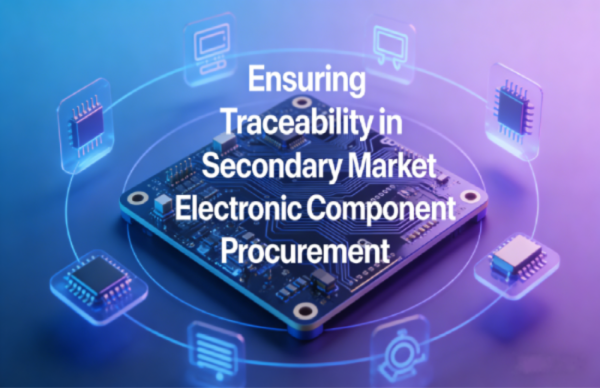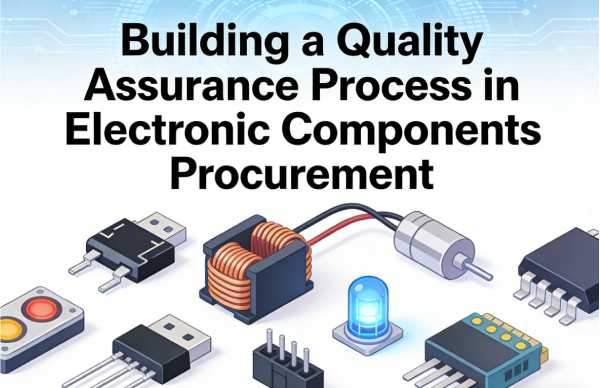Advances in green energy technology mean this is possible, but automakers remain divided on which type of power source is best.
There are two main types of electric vehicles: the power category, battery electric vehicles (BEVs), which rely on lithium-ion batteries for power; and fuel cell electric vehicles (FCEVs), which use fuel cells to combine hydrogen and oxygen to generate electricity.
Hydrogen power generation
Hydrogen is the most abundant element in existence. Hydrogen power also has a much higher energy density than batteries, giving FCEVs a range comparable to gasoline or diesel vehicles and 100 miles more than BEVs.
The main problem with hydrogen fuel remains its production. The ideal type of hydrogen is green and is produced by using electricity to separate hydrogen and oxygen molecules in water. If this source of electricity is renewable, then this is the greenest form of hydrogen. Production costs are currently the main obstacle to this approach, but are expected to drop to more competitive levels with gray hydrogen by 2035.
Refueling and charging
Refueling remains a hot topic for FCEVs. FCEVs have a huge advantage over BEVs in terms of refueling time, which takes about three to five minutes to refuel. This means trucks can go straight back to the road with minimal downtime without compromising delivery expectations.
In contrast, a BEV can take anywhere from 30 minutes to 10 hours to fully charge, depending on the voltage of the charger and the size of the battery. Fast chargers operating at higher voltages can be installed at HGV depots, reducing charging times, although they are still not as fast as FCEV refueling.
An abundance of charging points means the BEV is never too far away from charging. In contrast, only about 15 sites in the UK currently offer hydrogen fuel. So choosing FCEVs today means planning routes carefully to ensure trucks can reach stations safely.
Encouragingly, investments are being made in this area. Bosch has pledged to build 4,000 hydrogen stations around the world by 2030, and similar plans are likely to follow as the deadline for new gasoline and diesel cars looms.
Lithium battery problem
Most BEVs are powered by lithium-ion batteries. Since they first appeared in electric vehicles, their prices have dropped significantly, making fleets of electric trucks more economically viable.
However, this price reduction trend is not expected to continue. High global demand for lithium is expected to lead to chronic shortages by 2030. While there is still enough lithium in the ground, the lack of infrastructure means that enough lithium cannot be extracted to meet modern long-term needs.
Extend battery life
To address these issues, manufacturers should find ways to ensure their HGVs get the most value from the fuel. One of the ways to achieve extended battery life is through regenerative braking, which absorbs excess energy from the braking system and puts it back into the battery.
However, the capacity of the battery is limited, and a fully charged battery has nowhere to go. This can lead to component damage and overheating. To safely dissipate excess power and prevent this from happening, a Dynamic Brake Resistor, or DBR, can be used.
Due to the way of power generation, the output of fuel cells is unstable, so it is difficult for FCEVs to accelerate and decelerate quickly. DBR is essential for heavier vehicles and can also be used to ensure safe emergency braking. The solution is to install a battery with a higher output than required, meaning there is always enough energy available, and use DBR to safely remove excess energy.
Opting for a lightweight DBR like Cressall's EV2 can help reduce the overall weight of the HGV. The liquid-cooled EV2 is one-tenth the size of a conventional convection-cooled DBR, providing a compact solution for safer braking. The EV2 is modular in design, allowing multiple modules to be combined to deliver up to 125kW in one unit, which can then be connected in parallel or in series with other units for higher power for safe emergency braking.
Clearly, there is still a long way to go to provide cost-effective and sustainable fuels for heavy-duty vehicles. By implementing technologies such as regenerative braking, even the largest road vehicles can benefit from cleaner, greener fuel technologies. Extended battery life goes a long way toward meeting overall needs.



























